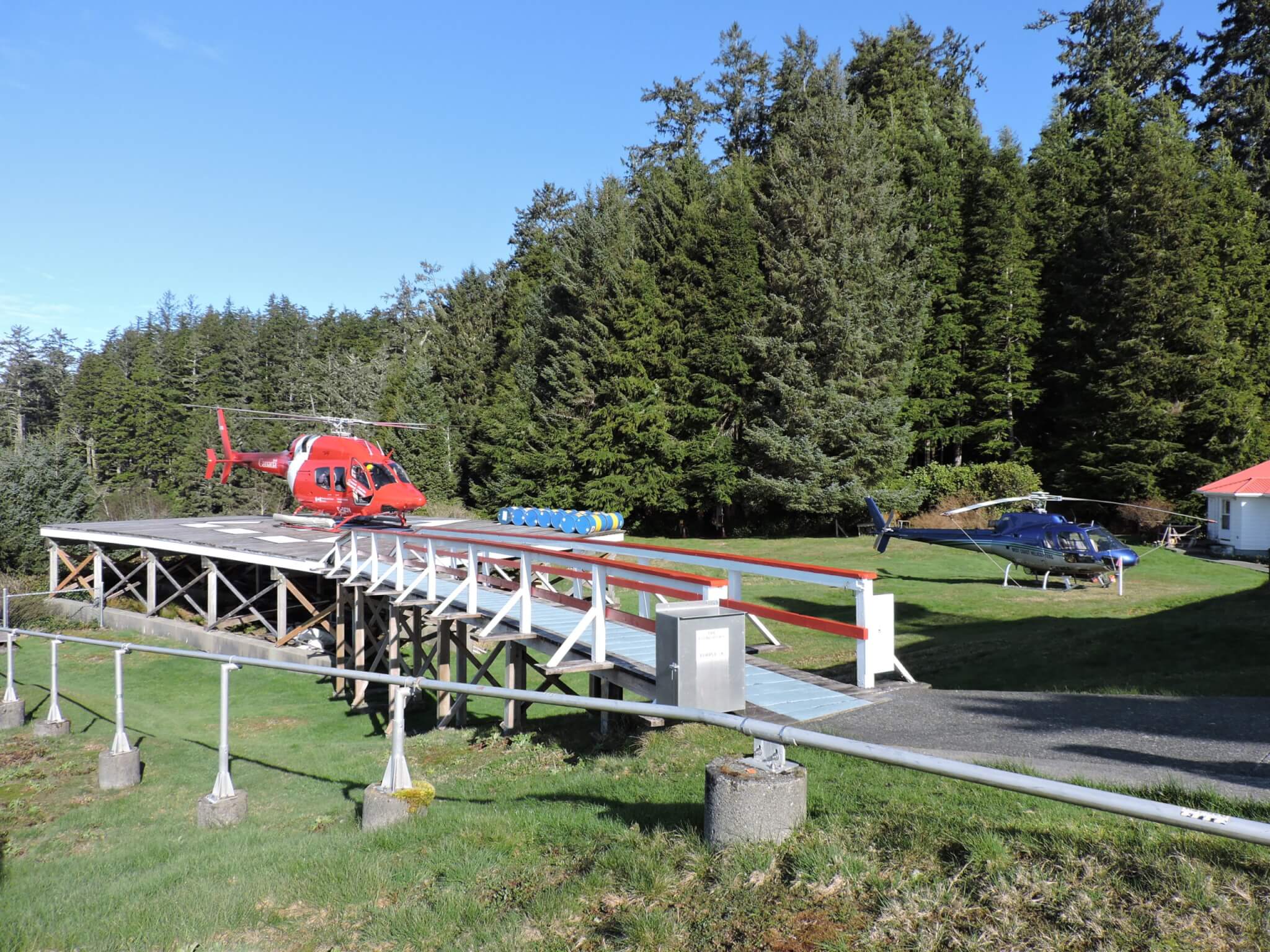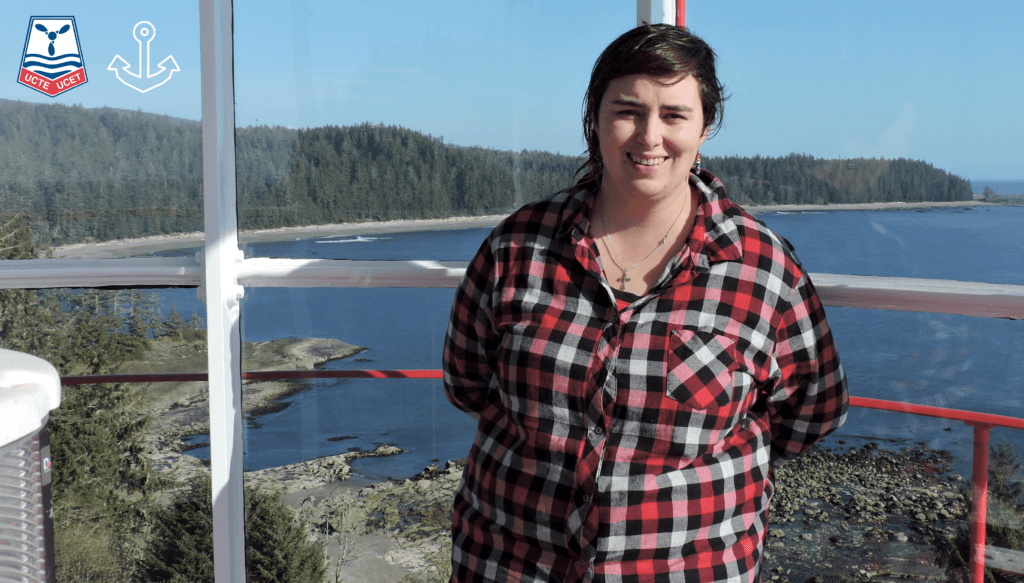Profile of a member: Justine Etzkorn – CCG, Principal Lightkeeper
Local 20232
Given the current circumstances of the pandemic, the work of some of our members is considered a crucial service. Sister Justine Etzkorn is one of them. For the past 20 years she has been a lightkeeper in British Columbia, including the last 10 years full time. She is also currently the President of Local 20232. Justine has long been involved in her union. She has served as Vice-President, Union Steward and Occupational Health and Safety Representative.
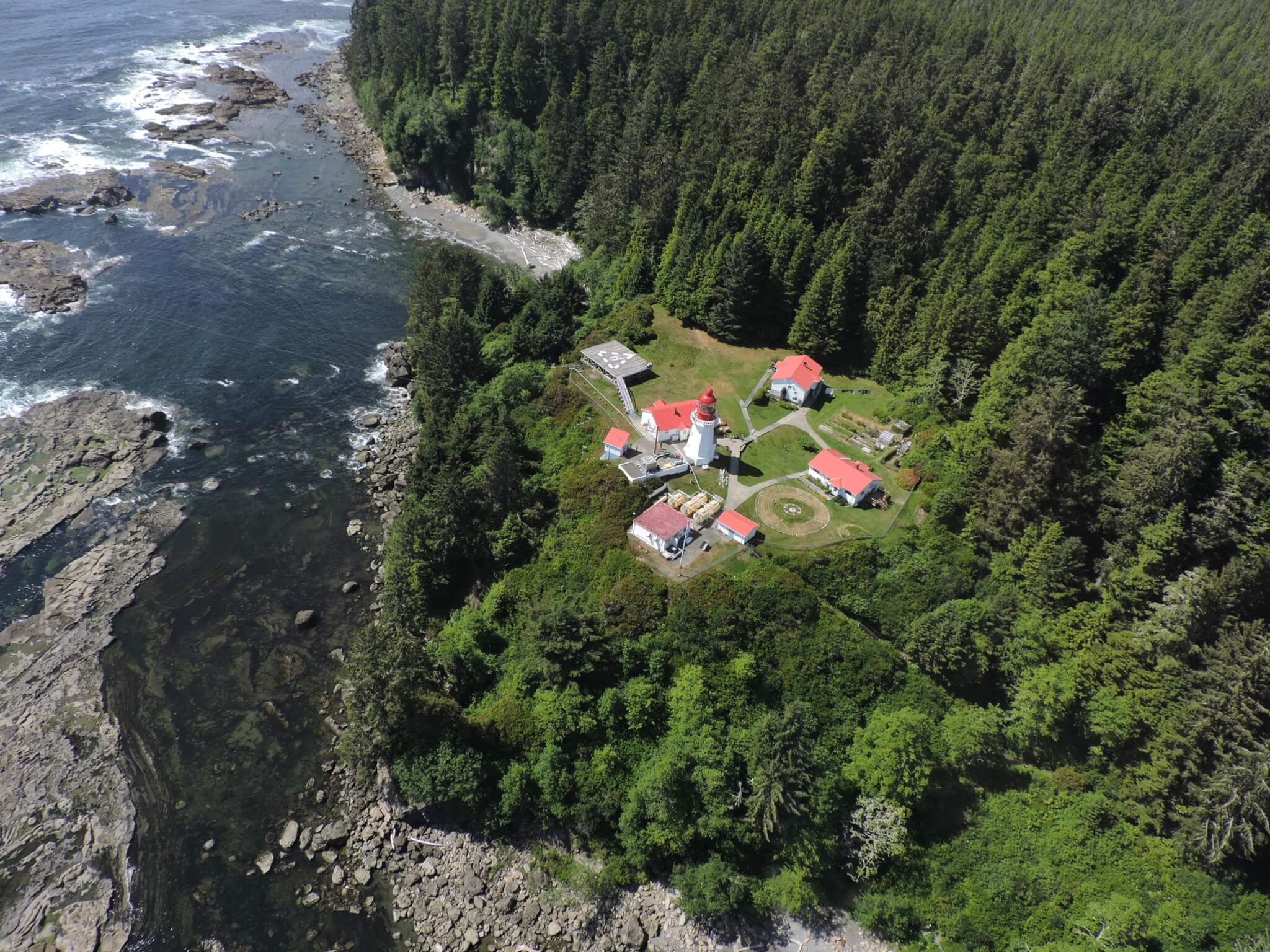
A Principal Lightkeeper is half of a lighthouse team. Two people are assigned to a lighthouse. The two keepers work seven days a week and divide the day into two shifts, performing weather observations every three hours, with updates if necessary if the weather changes significantly. Some stations are on rotation, so the keepers work on 14 or 28-day schedules and many are full time. The keepers therefore work and live at the station full time with only a few days off per year.
Our duties consist of servicing the navigation aids (lights and sometimes the foghorn), maintaining the equipment in operation, maintaining a radio watch, submitting weather and climate observations to Environment Canada, and maintaining the grounds,” Sister Etzkorn said. “We also provide weather updates on request to local sailors and aviators. In addition, we maintain a watch on working and emergency VHF radio frequencies and relay distress calls, if necessary. Other work, such as servicing and maintenance of the grounds, is self-scheduled reasonably.
There really is no typical work week. This work is seasonal. Everything depends on the weather conditions and changes in case of a nearby emergency. According to Justine:
My parents moved into the lights in 1979 and I grew up here. I started doing casual work at age 16. I worked a casual summer job throughout my studies and then returned full time in 2010.
As you can see, these people are very isolated physically. There is no road where Justine works. They have access to the city only a few times a year. The people who practice this trade must be able to live and work independently and entertain themselves in their free time. “Work-life balance can be difficult,” she affirms, “particularly living in a lighthouse 24/7, when there isn’t really a road to take.”
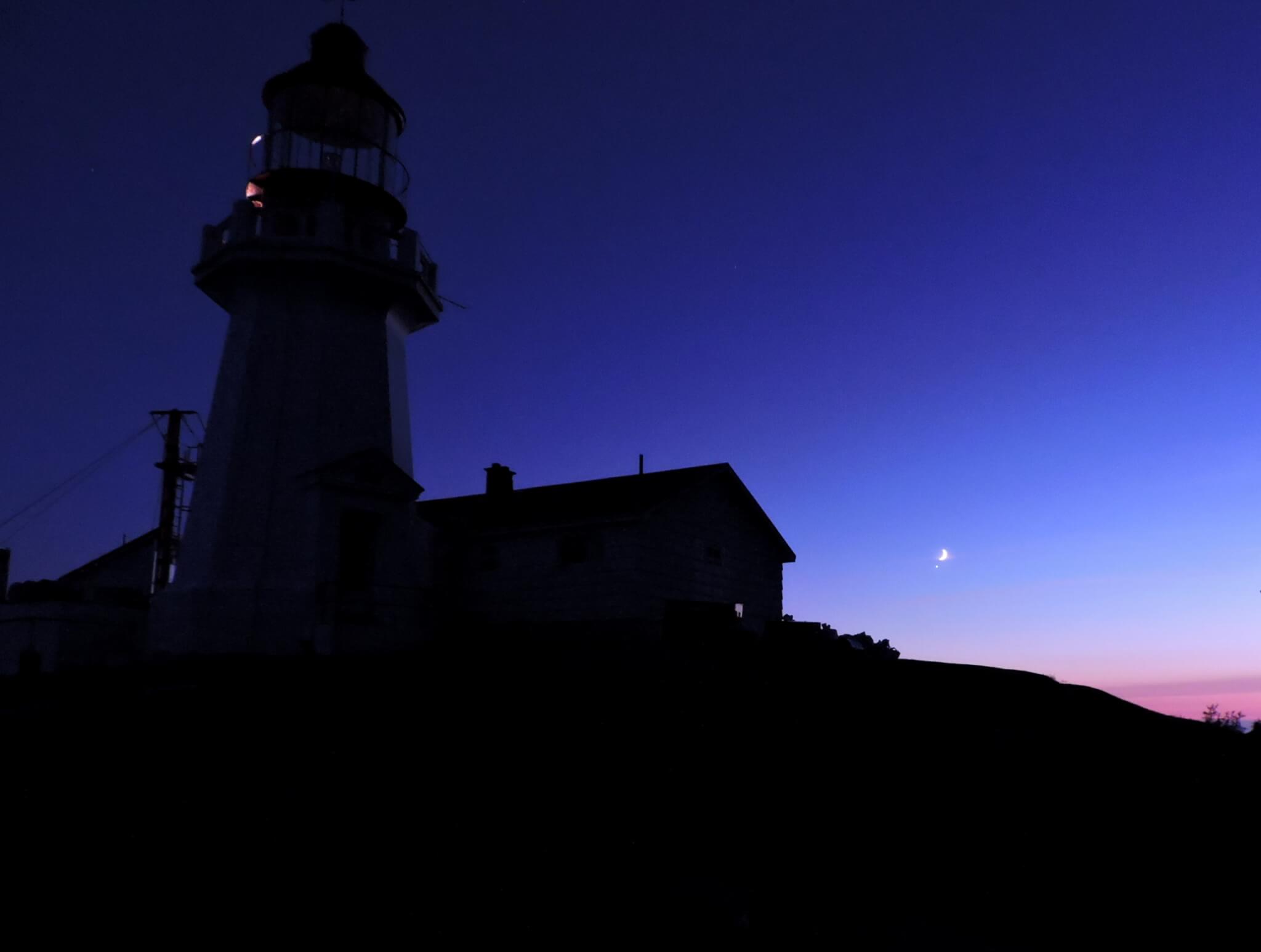
Essential services involve details that we sometimes don’t think about. Justine gives 300% in her job because she knows it keeps a lot of people safe and alive.
With her work in the great outdoors, she sees new things every day. She has created an independent lifestyle for herself and flourished. Staying in the lighthouse keeps people alive.
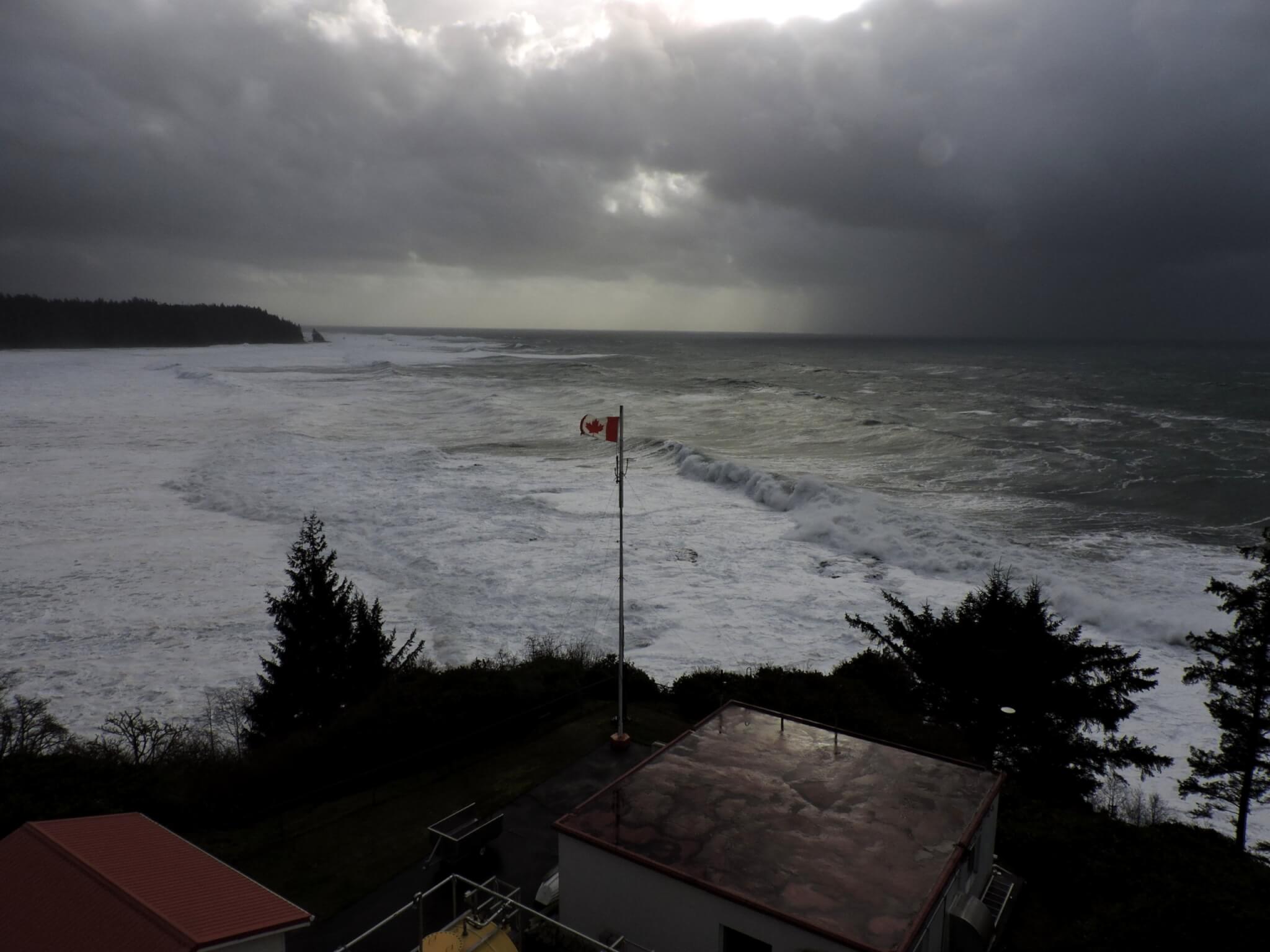
Often we don’t consider that this type of occupational requires tremendous sacrifices. If we take British Columbia as an example, they have 27 lighthouses. Given this province’s geographical divisions, some of these lighthouses are the most isolated in Canada. Since COVID-19, the isolation is even more present, because the Canadian Coast Guard must limit travel.
Despite the difficulties, Sister Justine remains positive:
There is solidarity with other people in this way of life, but over the past few weeks, I’ve felt this with more members of the Coast Guard. We’re all working together in this situation, and even though the current circumstances are awful, the feeling of complicity is motivating.
